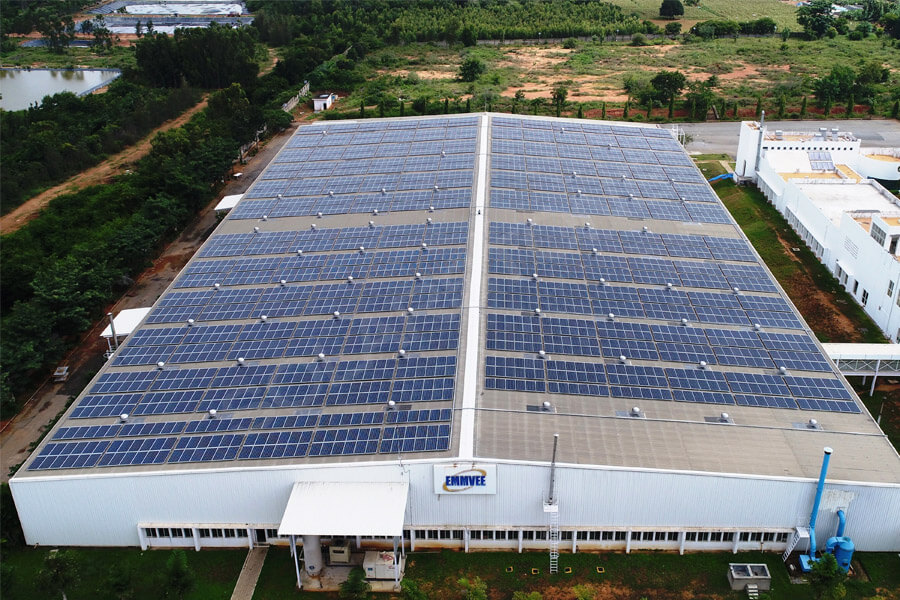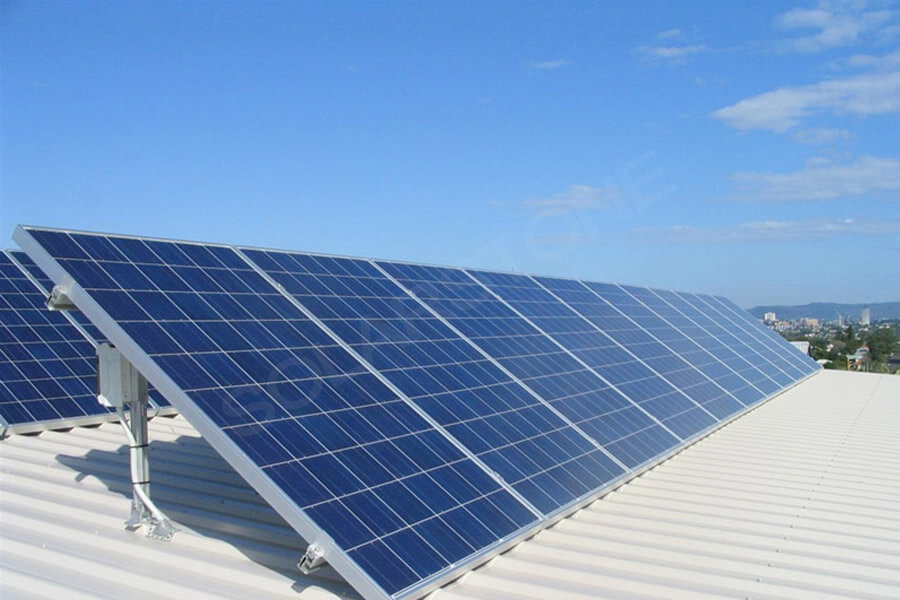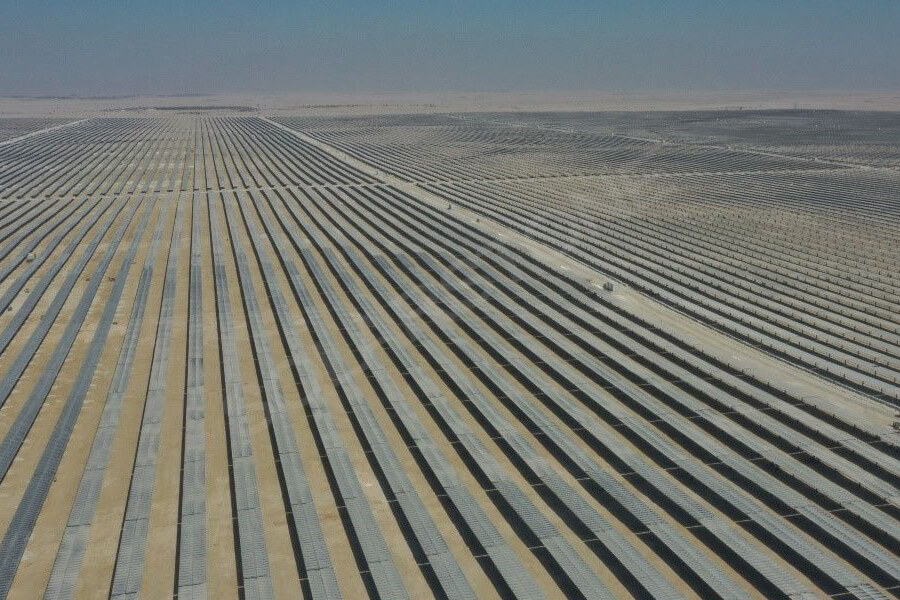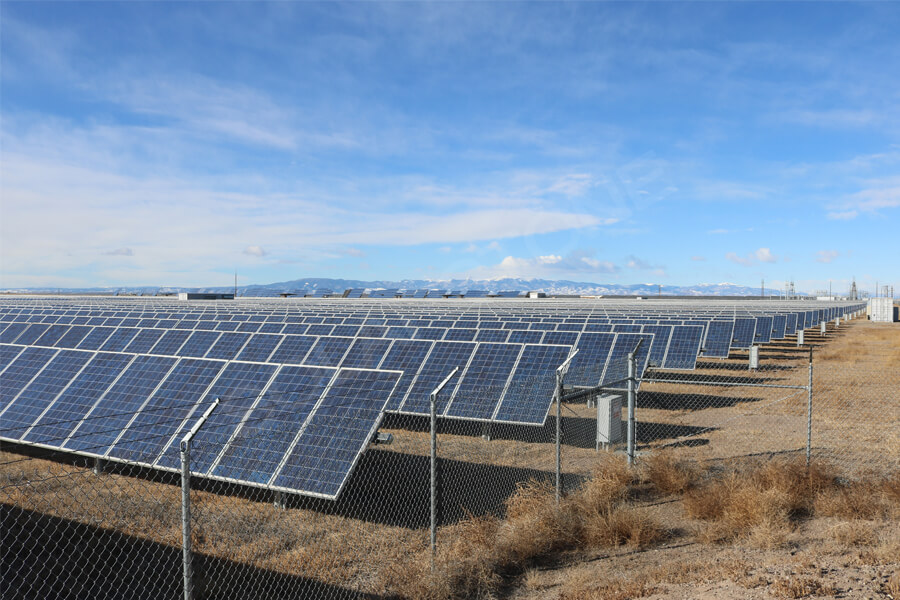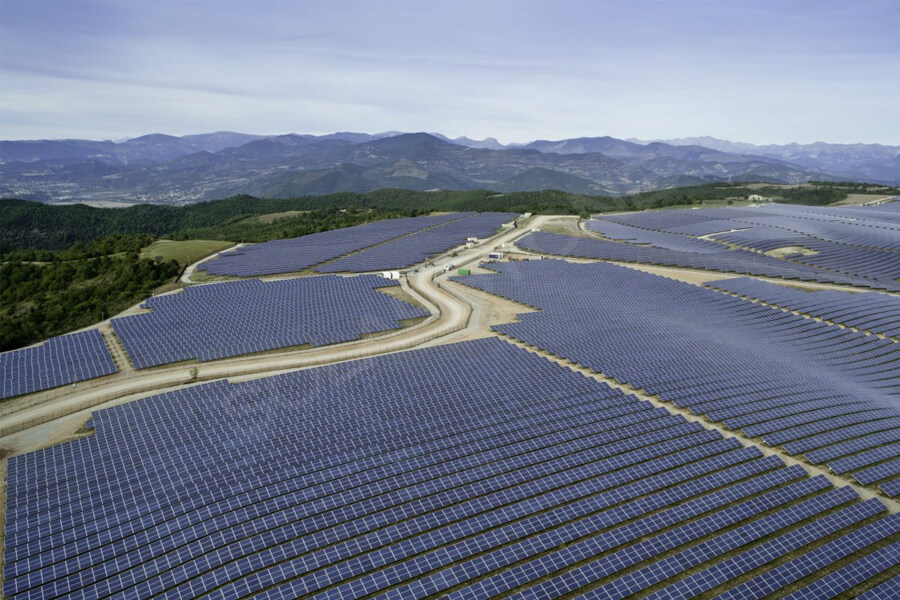1. What is distributed photovoltaic power generation?
Distributed photovoltaic power generation specifically refers to a photovoltaic power generation facility built near the user’s site, operating in a way that is characterized by spontaneous self use on the user’s side, excess electricity connected to the grid, and balanced adjustment in the distribution system.
Distributed photovoltaic power generation follows the principles of adapting to local conditions, clean and efficient, decentralized layout, and nearby utilization, fully utilizing local solar energy resources to replace and reduce fossil energy consumption.
It advocates the principle of nearby power generation, grid connection, conversion, and use, effectively solving the problem of power loss during boosting and long-distance transportation.
2. What are the advantages of photovoltaic power generation?
Economic and energy-saving: Generally self use, excess electricity can be sold to power supply companies through the national power grid, and when insufficient, it can be supplied by the grid, thereby saving electricity bills and receiving subsidies;
Insulation and cooling: In summer, it can be insulated and cooled by 3-6 degrees, while in winter, it can reduce heat transfer;
Green and environmental protection: distributed photovoltaic power generation projects will not have light pollution in the power generation process, which is a true zero emission, zero pollution static power generation;
Aesthetic personality: The perfect combination of architecture, aesthetics, and photovoltaic technology makes the entire roof look beautiful and atmospheric, with a strong sense of technology, and enhances the value of the property itself.
3. If the roof doesn’t face south, wouldn’t it be possible to install a photovoltaic power generation system?
It can be installed, but the power generation is slightly lower, and there is differentiation in power generation based on the direction of the roof. If facing south, it is 100%, if facing east west, it may be between 70-95%, and if facing north, it is between 50-70%.
4. Do you need to do it yourself every day?
No need at all, as system monitoring is fully automatic, it will start and close itself without the need for manual control.
5. How can I receive the profits and subsidies from selling electricity?
Before grid connection, the power supply bureau requires you to provide your bank card number for the local power supply bureau to settle monthly/every three months;
When connected to the grid, a power purchase agreement will be signed with the power supply company; After grid connection, the power supply bureau will proactively settle with you.
6. Is the intensity of light the power generated by my photovoltaic system?
The light intensity is not equal to the local photovoltaic system’s power generation. The difference is that the power generation of photovoltaic systems is based on the local light intensity, multiplied by a performance ratio to obtain the actual power generation of local photovoltaic systems.
This efficiency system is generally below 80%, and systems close to 80% are relatively excellent. In Germany, the best system may achieve a system efficiency of 82%.
7. Does rainy or cloudy weather have an impact on power generation?
It will have an impact. Due to the decrease in lighting time and intensity, the power generation will be relatively reduced.
8. On rainy days, the photovoltaic system has limited power generation. Is my household electricity sufficient?
This concern does not exist because the photovoltaic system is a grid connected power generation system with the national grid. Once photovoltaic power generation cannot meet the electricity needs of the owner at any time, the system will automatically remove electricity from the national grid for use.
However, household electricity habits have changed from relying solely on the national grid to relying partially on it.
9. Is there dust or garbage on the surface of the system affecting the power generation?
It will have an impact because photovoltaic systems are related to the irradiance of the sun, but unobvious shadows will not have a significant impact on the system’s power generation.
Moreover, the glass of solar modules has a surface self-cleaning function, which means that on rainy days, rainwater can wash away the dirt on the surface of solar modules.
However, it is worth noting that objects with large shielding areas such as bird droppings and leaves need to be cleaned in a timely manner.
Therefore, the operation and maintenance costs of photovoltaic systems are very limited.
10. Is there light pollution in photovoltaic system?
Non-existent. In principle, the photovoltaic system uses tempered glass coated with antireflection film to maximize light absorption and reduce reflection to increase power generation efficiency.
There is no light reflection or light pollution. Traditional curtain wall glass or car glass has a reflectivity of 15% or more, while first-line solar module manufacturers’ photovoltaic glass has a reflectivity of less than 6%.
Therefore, it is lower than the light reflectivity of glass in other industries, so there is no light pollution.


